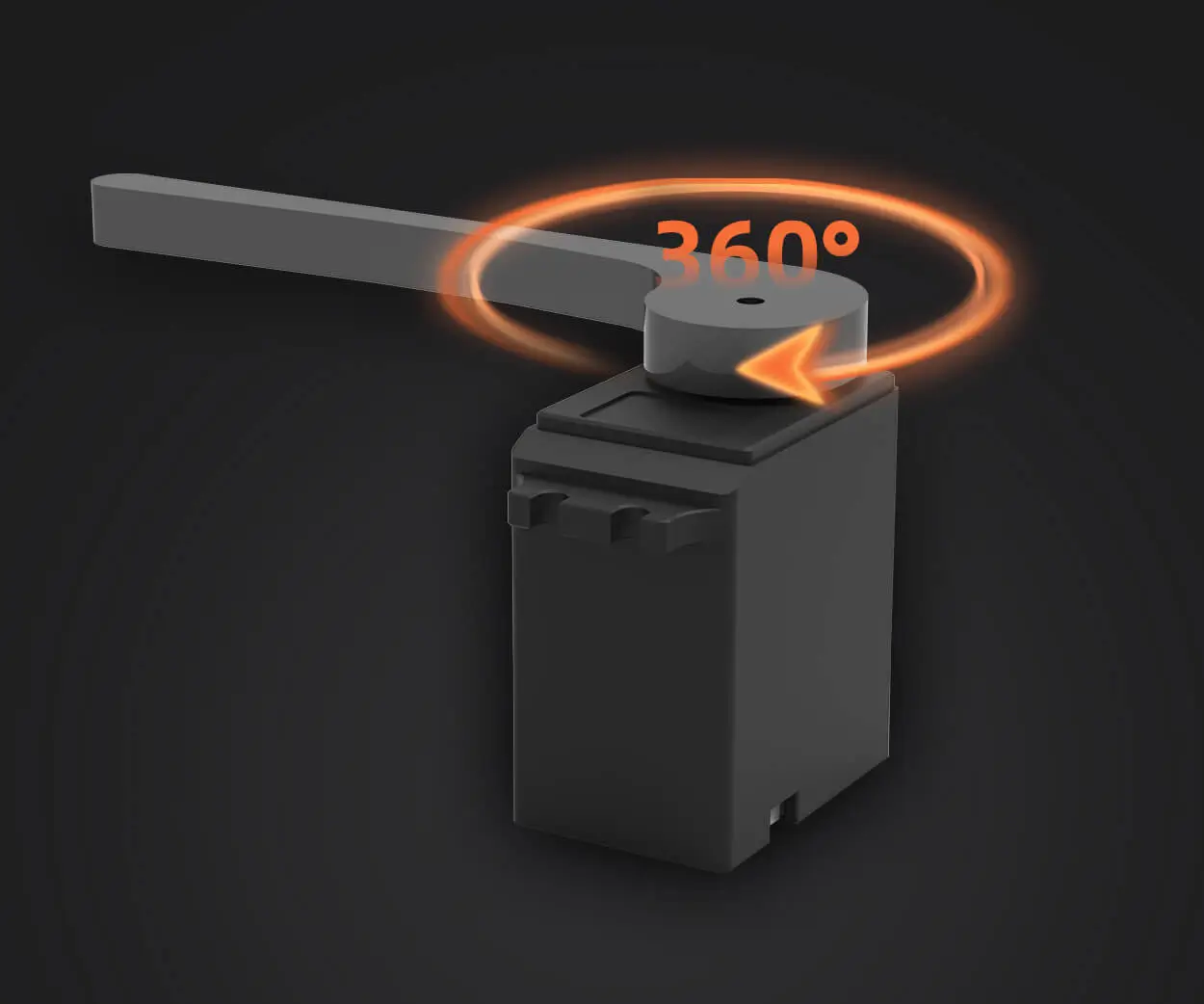Unveiling the Secrets of 1HP Motor Gearbox Reliability: A Comprehensive Review
In the bustling realm of industrial machinery, the humble motor gearbox stands as a pivotal component that ensures machines run smoothly, efficiently, and reliably. Among these, the 1-horsepower (1HP) motor gearbox is a particularly popular choice—compact, powerful enough for many applications, and often considered a workhorse of the industrial world. But what truly makes a 1HP motor gearbox reliable? And how does it perform across different environments? Today, we delve into these questions, peeling back the layers of design, material quality, and operational performance to uncover what makes or breaks the reliability of these seemingly simple components.

The Role of a 1HP Motor Gearbox
Before jumping into the reliability specifics, it's vital to understand the role of a motor gearbox. Essentially, this device combines a motor with a gear reducer—a mechanism that reduces speed while increasing torque. For many industries—automation, manufacturing, conveyor systems, food processing, and more—a 1HP motor gearbox acts as the nerve center, translating electrical power into precise mechanical motion.
The efficiency and durability of such gearboxes can significantly influence overall machinery performance, uptime, maintenance costs, and operational safety. A reliable gearbox minimizes unexpected breakdowns, reduces downtime, and prolongs the lifespan of the entire system.
Key Design Features Impacting Reliability
Design choices directly influence the gearboxes’ longevity. Let’s examine some of these critical design factors:
Material Selection: The quality of materials used for gears, shafts, and housing greatly affects wear resistance and strength. High-grade alloy steels and advanced composites are favored for their durability under stress.
Gear Design: Spur gears are common for 1HP gearboxes, but helical gears can provide smoother operation and better load distribution, potentially increasing lifespan. The shape, size, and tooth geometry also matter—they influence load capacity and noise levels.
Lubrication System: Proper lubrication reduces friction, disperses heat, and prevents corrosion. Gears with sealed or splash lubrication systems tend to last longer, especially in harsh environments.
Heat Dissipation: Efficient cooling mechanisms prevent overheating, which can cause material fatigue and failures over time.
Precision Manufacturing: Tight tolerances during manufacturing minimize backlash and vibration, which are critical factors in long-term reliability.
Common Causes of Gearbox Failures
Reliability is not just about design—it's also about understanding what typically leads to failure and how to mitigate these risks. Here are some frequent culprits:
Inadequate Lubrication: Over time, lubricant degrades or becomes contaminated, causing increased wear. Incorrect lubricant type or insufficient quantities can accelerate gear damage.
Misalignment: Improper mounting or installation can lead to uneven load distribution, increasing wear and risking gear misalignment.
Overloading: Exceeding the rated load of 1HP gearboxes influences the gear teeth and bearings, leading to premature failure.
Contamination: Dirt, dust, and moisture can infiltrate the gear housing, causing corrosion and abrasion.
Thermal Stress: Excessive heat from overloads or poor cooling reduces component lifespan as materials soften or crack.
Evaluating Reliability: Metrics and Testing
Reliability isn't just a feeling—it's measurable. For 1HP gearboxes, key performance indicators include:
Mean Time Between Failures (MTBF): An industry standard metric indicating the average operational time before a failure occurs.
Vibration Analysis: Monitoring vibration levels helps identify early signs of imbalance, misalignment, or gear wear.
Gear Tooth Wear Tests: Examining gear surfaces after extended operation reveals wear patterns and potential failure points.
Temperature Monitoring: Consistent temperature readings ensure cooling systems are effective and gearboxes aren't overheating.
Traditional testing methods, combined with real-world field data, provide a comprehensive view of gearbox reliability. When selecting a gearbox, users should look for brands and models with proven MTBF ratings and positive maintenance histories.
Market Trends and Innovations
The industry continuously evolves, integrating new technologies to enhance reliability. Innovations include:
Advanced Materials: Composites, ceramics, and coated gears resist corrosion and reduce wear.
Smart Gearboxes: Incorporating sensors and IoT technology enables real-time monitoring, predictive maintenance, and early fault detection.
Enhanced Lubricants: Synthetic oils with better thermal stability extend service intervals.
Design Optimization: Finite element analysis and computer simulations allow manufacturers to identify stress points and improve durability before production.
Final Thoughts on Reliability
While a 1HP motor gearbox might look straightforward, the layers of complexity in its design, manufacturing, and maintenance determine its actual reliability. A well-designed, properly installed, and adequately maintained gearbox can outperform expectations, delivering years of trouble-free operation. Conversely, neglecting these factors can lead to costly failures, non-stop downtimes, and safety risks.
Understanding the elements that contribute to reliability empowers engineers, technicians, and users alike to make informed decisions and prioritize preventive measures. Whether choosing a brand, planning maintenance, or customizing a system, attention to detail—both in design and practice—remains the cornerstone of a dependable gear-driven system.
Established in 2005, Kpower has been dedicated to a professional compact motion unit manufacturer, headquartered in Dongguan, Guangdong Province, China.




































